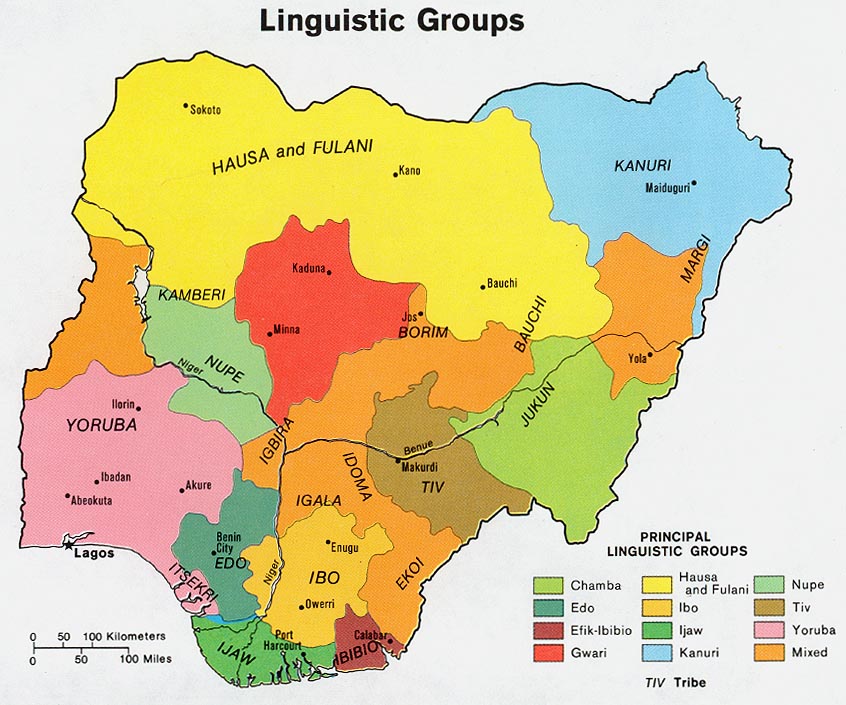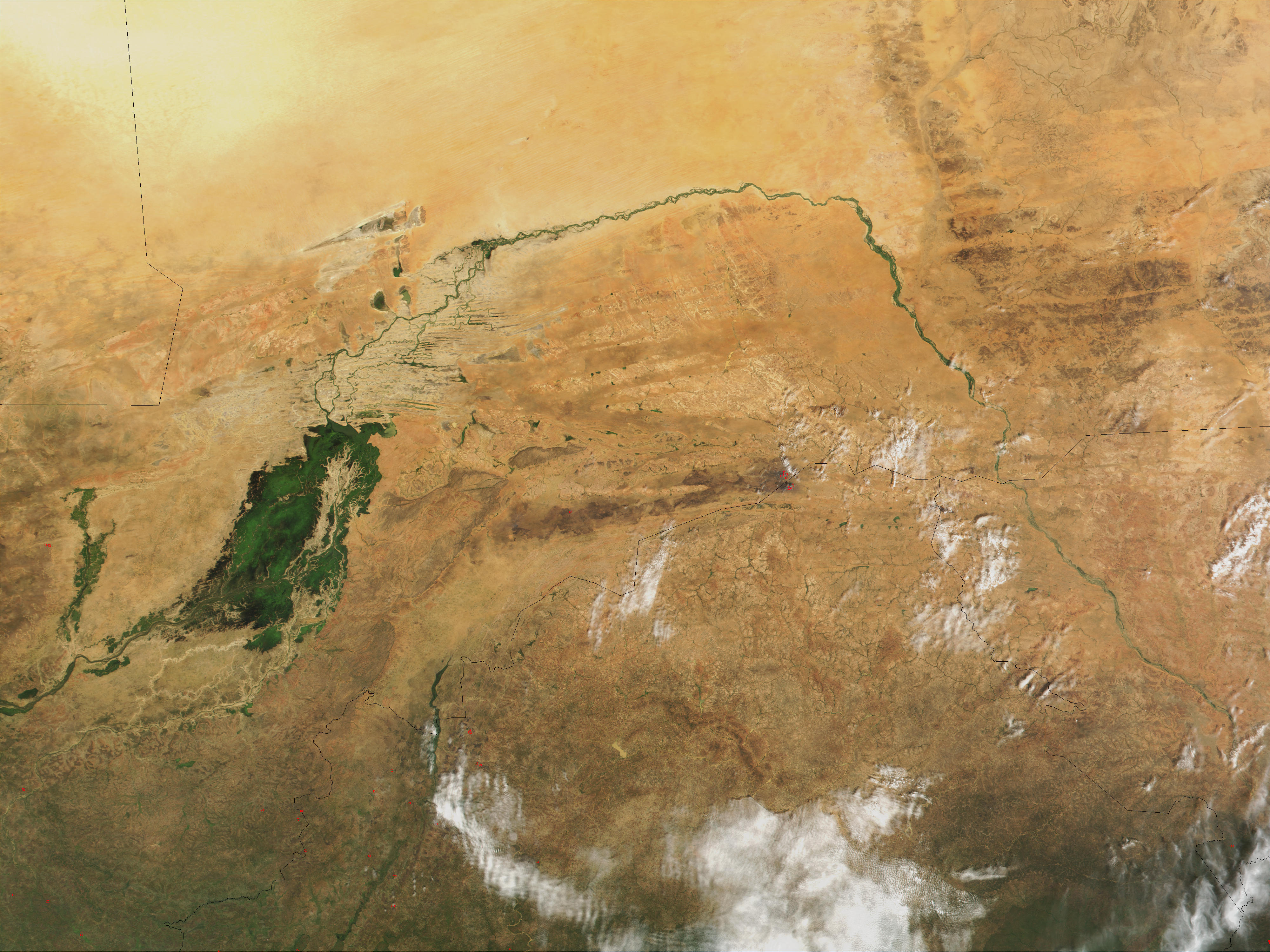|
Jerma Language
Zarma (''Zarma Ciine/Sanni''; Ajami: ) is one of the Songhay languages. It is the leading indigenous language of the southwestern lobe of the West African nation of Niger, where the Niger River flows and the capital city, Niamey, is located. Zarma is the second-most common language in the country, after Hausa, which is spoken in south-central Niger. With over 6 million speakers, Zarma is the most widely spoken Songhay language. In earlier decades, Zarma was rendered ''Djerma'', using French orthography, but it is usually now 'Zarma', the form that the Zarma people use in their language. Alternative names for Zarma are Djerma, Jerma, Dyabarma, Dyarma, Dyerma, Adzerma, Zabarma, Zarbarma, Zarmaci or Zerma. Geographic distribution The majority of people who speak Zarma live in Southwestern Niger. It is also spoken in other parts of Niger, Mali, Burkina Faso, and Nigeria. Cities where Zarma is spoken include Tillaberi, Dosso, Niamey, Tahoua and Agadez. In Nigeria, where the Zarm ... [...More Info...] [...Related Items...] OR: [Wikipedia] [Google] [Baidu] |
Niger
Niger, officially the Republic of the Niger, is a landlocked country in West Africa. It is a unitary state Geography of Niger#Political geography, bordered by Libya to the Libya–Niger border, north-east, Chad to the Chad–Niger border, east, Nigeria to the Niger–Nigeria border, south, Benin and Burkina Faso to the Benin-Niger border, south-west, Mali to the Mali–Niger border, west, and Algeria to the Algeria–Niger border, north-west. It covers a land area of almost , making it the largest landlocked country in West Africa and the second-largest landlocked nation in Africa behind Chad. Over 80% of its land area lies in the Sahara. Its Islam in Niger, predominantly Muslim population of about million lives mostly in clusters in the south and west of the country. The capital Niamey is located in Niger's south-west corner along the namesake Niger River. Following the spread of Islam to the region, Niger was on the fringes of some states, including the Kanem–Bornu Empire ... [...More Info...] [...Related Items...] OR: [Wikipedia] [Google] [Baidu] |
Gadal Language
Tagdal (Tuareg name: ''Tagdalt'') is a mixed Northern Songhay language of central Niger. Ethnologue considers it a "mixed Berber–Songhay language", while other researchers consider it Northern Songhay. Nicolaï (1981) argued that Tagdal was originally derived from the Tuareg languages and adopted characteristics of Songhai rather than vice versa.Catherine Taine-CheikhLes langues parlées au sud Sahara et au nord Sahel De l'Atlantique à l'Ennedi (Catalogue de l'exposition « Sahara-Sahel »), Centre Culturel Français d'Abidjan (Ed.) (1989) 155-173 There are two dialects: Tagdal proper, spoken by the Igdalen people, pastoralists who inhabit a region to the east along the Niger border to Tahoua in Niger, and Tabarog, spoken by the Iberogan people of the Azawagh valley on the Niger–Mali border. The Iberogan sometimes refer to their language as Tagdal. Nicolaï (1981) uses the name ''Tihishit'' as a cover term. Rueck & Christiansen say that ...the Igdalen and the Iberogan ... [...More Info...] [...Related Items...] OR: [Wikipedia] [Google] [Baidu] |
Kebbi State
Kebbi State (; Fulfulde: Leydi Kebbi 𞤤𞤫𞤴𞤣𞤭 𞤳𞤫𞤦𞥆𞤭) is a state in northwestern Nigeria, bordered to the east and north by the states of Sokoto and Zamfara, and to the south by Niger State while its western border forms part of the national borders with Benin Republic and Niger. Named for the city of Birnin Kebbi—the state's capital and largest city—Kebbi State was formed from a part of Sokoto State on 27 August 1991. Of the 36 states of Nigeria, Kebbi is the tenth largest in area and 17th most populous with an estimated population of about 6 million as of 2023. Geographically, the state is within the tropical West Sudanian savanna ecoregion. Important geographic features include the Sokoto River which flows through Kebbi into the River Niger, which continues south before reaching Kainji Lake. Among the state's nature are a number of fish species exhibited during the massive Argungu Fishing Festival along with hippopotamus, West Afric ... [...More Info...] [...Related Items...] OR: [Wikipedia] [Google] [Baidu] |
Agadez
Agadez ( Air Tamajeq: ⴰⴶⴰⴷⴰⵣ, ''Agadaz''), formerly spelled Agadès, is the fifth largest city in Niger, with a population of 110,497 based on the 2012 census. The capital of the eponymous Agadez Region, the city lies in the Sahara desert, and is also the capital of Aïr, one of the traditional Tuareg–Berber federations. The historic centre of the town has been designated a World Heritage Site by UNESCO. History Agadez was founded before the 14th century, and, by growing around trans-Saharan trade, gradually became the most important city of the Tuareg people, supplanting Assodé. The city still sees the arrival of caravans bringing salt from Bilma. In 1449 Agadez became a sultanate, but was later conquered by the Songhai Empire in 1515, remaining a part of that empire until 1591.Geels, Jolijn, (2006) ''Bradt Travel Guide - Niger'', pgs. 157-200 At this point, the city had a population of around 30,000 people. By then, the city was a key passage for the med ... [...More Info...] [...Related Items...] OR: [Wikipedia] [Google] [Baidu] |
Tahoua
Tahoua is a city in Niger and the administrative centre of the Department of Tahoua and the larger Tahoua Region. Falling Rain Genomics, Inc. 1996–2004 It is the fourth largest town in the country, with a population of 117,826 (2012 Census). Overview The city is primarily a for the surrounding agricultural area. It serves as an entrepot for merchants from the north and[...More Info...] [...Related Items...] OR: [Wikipedia] [Google] [Baidu] |
Dosso, Niger
Dosso is a city in the south-west corner of Niger. It lies south-east of the capital Niamey at the junction of the main routes to Zinder and Benin. The eighth-most populous town in Niger and the largest in Dosso Region, it had an official population during the 2001 census of 43,561. The population grew to 58,671 in the 2012 census. It is the capital of its region - which covers five departments in the southwestern corner of the nation - as well as of its own department, Dosso Department. The city itself lies at the centre of its own Communes of Niger, Urban Commune. History Dosso is the seat of the Dosso kingdom, a Zarma chieftaincy which rose to dominate the entire Zarma region in Niger in pre-colonial Niger. The traditional ruler is called ''Zarmakoy'' or ''Djermakoy'' of Dosso, an autochthonous title meaning literally "King of Djermas" where ''koy'' means "king" in Zarma language, Zarma (or Djerma) language. Sites Attractions in the town include the Djermakoy's palace and ... [...More Info...] [...Related Items...] OR: [Wikipedia] [Google] [Baidu] |
Hausa Language
Hausa (; / ; Hausa Ajami, Ajami: ) is a Chadic language spoken primarily by the Hausa people in the northern parts of Nigeria, Ghana, Cameroon, Benin and Togo, and the southern parts of Niger, and Chad, with significant minorities in Ivory Coast. A small number of speakers also exist in Sudan. Hausa is a member of the Afroasiatic language family and is the most widely spoken language within the Chadic branch of that family. Despite originating from a non-tonal language family, Hausa utilizes differences in pitch to distinguish words and grammar. ''Ethnologue'' estimated that it was spoken as a first language by some 58 million people and as a second language by another 36 million, bringing the total number of Hausa speakers to an estimated 94 million. In Nigeria, the Hausa film industry is known as Kannywood. Classification Hausa belongs to the West Chadic languages subgroup of the Chadic languages group, which in turn is part of the Afroasiatic languages, Afro ... [...More Info...] [...Related Items...] OR: [Wikipedia] [Google] [Baidu] |
Niamey
Niamey () is the capital and largest city of Niger. As the Niamey Urban Community (, CUN), it is a Regions of Niger, first-level division of Niger, surrounded by the Tillabéri Region, in the western part of the country. Niamey lies on the Niger River, primarily situated on the river's east bank. The capital of Niger since the Colony of Niger, colonial era, Niamey is an ethnically diverse city and the country's main economic centre. Before the French developed it as a colonial centre, Niamey was the site of villages inhabited by Fula people, Fula, Zarma people, Zarma, Maouri people, Maouri, and Songhai people, Songhai people. French expeditions first visited Niamey in the 1890s before Captain established a military post in 1901. Niamey replaced Zinder as the territorial capital from 1903 to 1911 and again in 1926, after which large-scale development occurred. The first city plan in 1930 relocated neighbourhoods and enacted Racial segregation, segregation of European and indigen ... [...More Info...] [...Related Items...] OR: [Wikipedia] [Google] [Baidu] |
Niger River
The Niger River ( ; ) is the main river of West Africa, extending about . Its drainage basin is in area. Its source is in the Guinea Highlands in south-eastern Guinea near the Sierra Leone border. It runs in a crescent shape through Mali, Niger, on the border with Benin and then through Nigeria, discharging through a massive River delta, delta, known as the Niger Delta, into the Gulf of Guinea in the Atlantic Ocean. The Niger is the third-longest river in Africa, exceeded by the Nile and the Congo River. Its main tributary is the Benue River. Etymology The Niger has different names in the different languages of the region: * Fula language, Fula: ''Maayo Jaaliba'' * Manding languages, Manding: ''Jeliba'' or ''Joliba'' "great river" * Tuareg languages, Tuareg: ''Eġərəw n-Igərǝwăn'' "river of rivers" * Songhay languages, Songhay: ''Isa'' "the river" * Zarma language, Zarma: ''Isa Beeri'' "great river" * Hausa language, Hausa: ''Kwara'' *Nupe language, Nupe: ''Èdù'' ... [...More Info...] [...Related Items...] OR: [Wikipedia] [Google] [Baidu] |
West African
West Africa, also known as Western Africa, is the westernmost region of Africa. The United Nations defines Western Africa as the 16 countries of Benin, Burkina Faso, Cape Verde, The Gambia, Ghana, Guinea, Guinea-Bissau, Ivory Coast, Liberia, Mali, Mauritania, Niger, Nigeria, Senegal, Sierra Leone, and Togo, as well as Saint Helena, Ascension and Tristan da Cunha ( United Kingdom Overseas Territory).Paul R. Masson, Catherine Anne Pattillo, "Monetary union in West Africa (ECOWAS): is it desirable and how could it be achieved?" (Introduction). International Monetary Fund, 2001. The population of West Africa is estimated at around million people as of , and at 381,981,000 as of 2017, of which 189,672,000 were female and 192,309,000 male.United Nations Department of Economic and Social Affairs, Population Division (2017). World Population Prospects: The 2017 Revision, custom data acquired via website/ref> The region is demographically and economically one of the fastest growing on t ... [...More Info...] [...Related Items...] OR: [Wikipedia] [Google] [Baidu] |
Dendi Language
Dendi is a Songhay language used as a trade language across northern Benin (along the Niger River). It forms a dialect cluster with Zarma and Koyraboro Senni but it is heavily influenced by Bariba. Dendi has been described as a four-tone language. Distribution Dendi is mainly spoken in Northern Benin, but also in other parts of Benin, and neighbouring countries. The Dendi people are the main group in the Departments of Alibori, Borgou, Donga, and Atakora. In Nigeria, the Dendi people are found in Bordering States ( Kebbi, Kwara, Niger, and Sokoto), and in other parts of Nigeria. They are usually referred by the Hausa name Dendawa (which is also used for the Songhai people The Songhai people ( autonym: Ayneha) are an ethnolinguistic group in West Africa who speak the various Songhai languages. Their history and ''lingua franca'' is linked to the Songhai Empire which dominated the western Sahel in the 15th and 16 ...). Phonology Consonants * /r/ may also be he ... [...More Info...] [...Related Items...] OR: [Wikipedia] [Google] [Baidu] |






